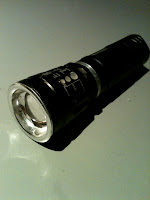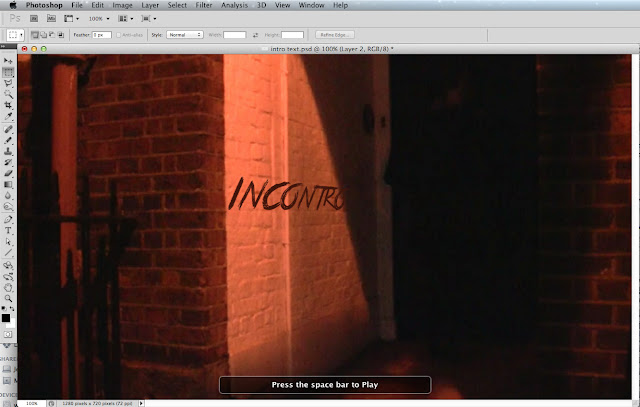 When we filmed our preliminary task we found we didn't have enough footage to make editing for continuity effective enough. This is something that we avoided in filming our actual video as we filmed each shot at least three times, by doing this we had enough footage to ensure continuity was accurate. We also made sure we planned several filming days, allowing us to shoot enough footage, as shown in our filming schedule.
When we filmed our preliminary task we found we didn't have enough footage to make editing for continuity effective enough. This is something that we avoided in filming our actual video as we filmed each shot at least three times, by doing this we had enough footage to ensure continuity was accurate. We also made sure we planned several filming days, allowing us to shoot enough footage, as shown in our filming schedule. Another problem which we have worked on since the preliminary exercise is creating effective continuity. Through thorough and detailed planning using a storyboard and our editing knowledge we were able to improve on these issues for our final video. We also produced a rough first cut video which allowed us to ensure the continuity of the shots was accurate and overall effective.
Another problem which we have worked on since the preliminary exercise is creating effective continuity. Through thorough and detailed planning using a storyboard and our editing knowledge we were able to improve on these issues for our final video. We also produced a rough first cut video which allowed us to ensure the continuity of the shots was accurate and overall effective.When filming our preliminary exercise we filmed with the members of our group acting within the video, although this was effective enough for that task, it made us realize the importance of using a good actor to create the appropriate effect in our final piece. We chose Emily Gow who is an A Level Theatre Studies student and acts outside of school, this meant that she was able to fulfill the role of our main character appropriately to create the correct atmosphere.
Our understanding of mise-en-scene has developed throughout the process from the preliminary task to the full product, this means that we had a better understanding of the different aspects which make up an effective film opening and create the mood required. To ensure this was shown in our opening we specifically chose certain items to be placed around the set, each of these separate props built up and added to different aspects of the narrative.
We picked a dead plant to represent the idea subtly to the audience that the house has been empty for a long time. We used a lot of aspects of mise-en-scene that were very subtle and did not draw a lot of attention to them so that they present the idea to the audience without being to obvious.
We also paid attention to the small details of the mise-en-scene to make our piece look more realistic as the photograph of the house has a post-it note attached with the address on. Although these are only small details that will not be a large focus of the audience's attention, by adding these factors we have made the mise-en-scene effectively suit our narrative.
Melissa Hudson and Chloe Barker
















 http://freesound.org/
http://freesound.org/





























